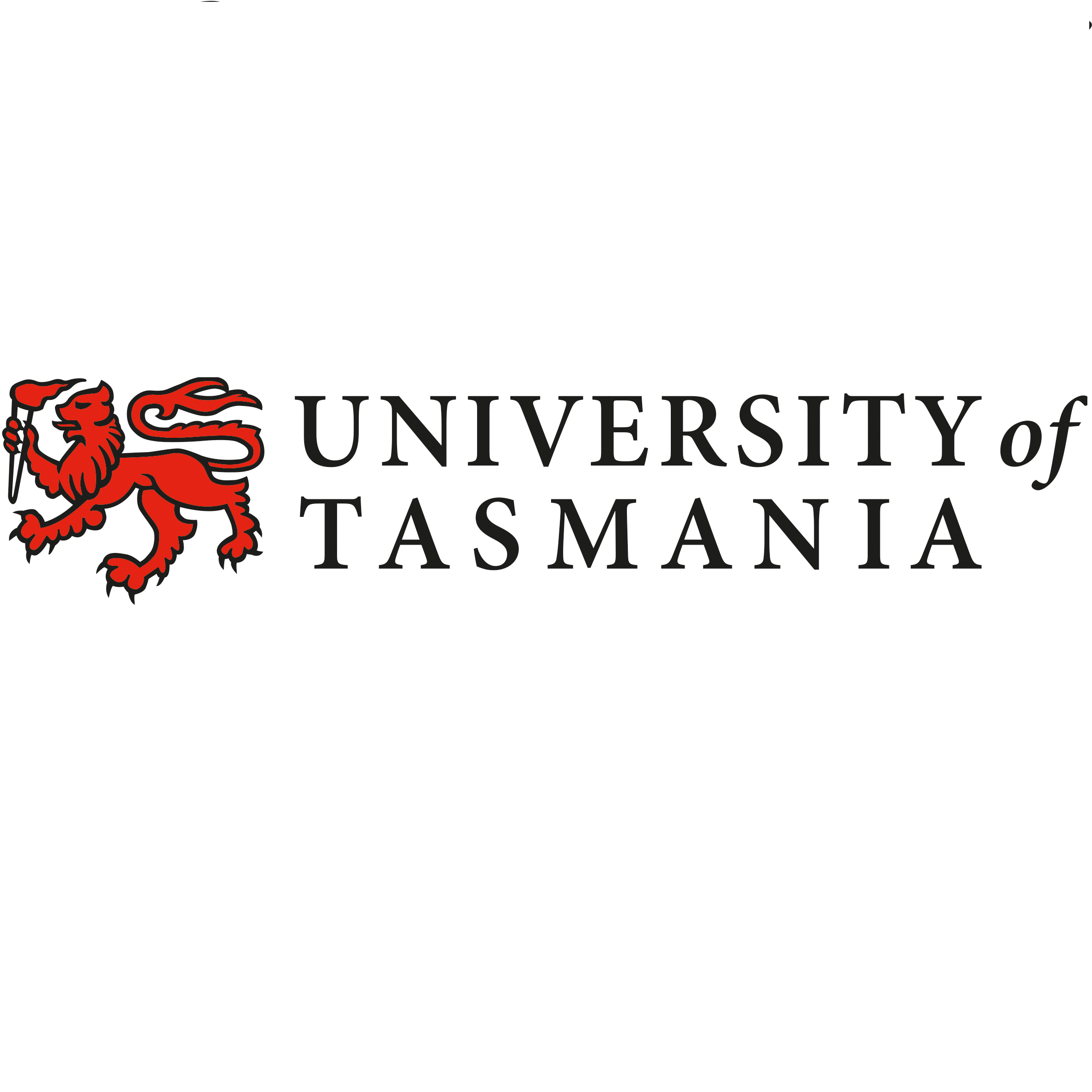Full description
In giant crabs (Pseudocarcinus gigas), two sets of data were collected: the first examined changes in egg composition during embryogenesis and the second assessed effects of female size on egg composition.Lineage
Maintenance and Update Frequency: notPlannedNotes
CreditAustralian Postgraduate Award
University of Tasmania
Tasmanian DPIF
Victorian DCNR
To test if the effects of female size and successive clutches on egg size represent real differences in parental contribution (in other words, do bigger female giant crabs produce better eggs?).
Created: 29 03 2007
Data time period: 05 1994 to 15 09 1995
text: westlimit=139.50; southlimit=-37.50; eastlimit=140.00; northlimit=-37.00
text: westlimit=143.50; southlimit=-40.50; eastlimit=144.00; northlimit=-40.00
text: westlimit=143.50; southlimit=-40.00; eastlimit=144.00; northlimit=-39.50
text: westlimit=147.00; southlimit=-44.00; eastlimit=147.50; northlimit=-43.50
text: westlimit=147.00; southlimit=-43.50; eastlimit=147.50; northlimit=-43.00
text: westlimit=147.00; southlimit=-43.00; eastlimit=147.50; northlimit=-42.50
text: westlimit=146.00; southlimit=-44.00; eastlimit=146.50; northlimit=-43.50
text: uplimit=380; downlimit=300
User Contributed Tags
Login to tag this record with meaningful keywords to make it easier to discover
(DATA - Change in egg composition through time data [direct download])
MAP - Locations of giant crab collections (imas:DP1_CGardner_Monitoring_size_composition_eggs_from_giant_crabs_GV)
uri :
https://geoserver.imas.utas.edu.au/geoserver/wms![]()
(View and download this data through the interactive IMAS Data Portal.)
uri :
http://data.imas.utas.edu.au/portal/search?uuid=804109a0-44a9-11dc-8cd0-00188b4c0af8![]()
- global : 804109a0-44a9-11dc-8cd0-00188b4c0af8


